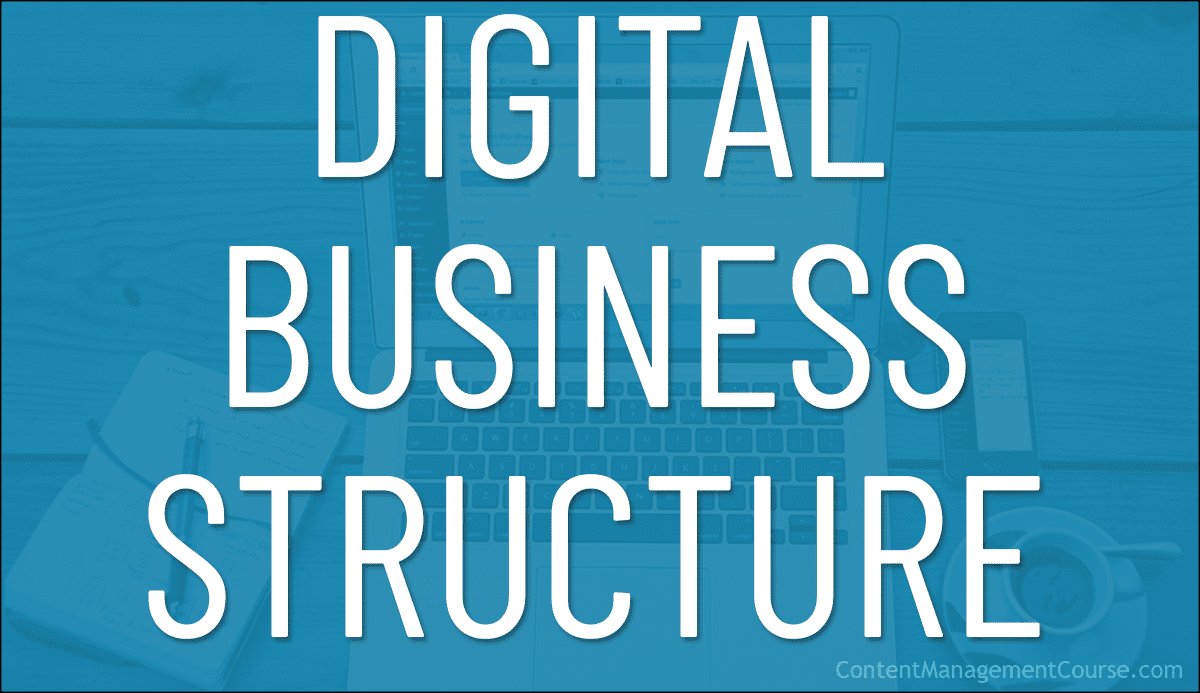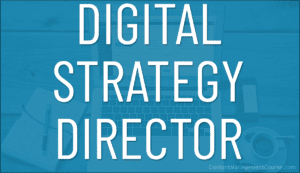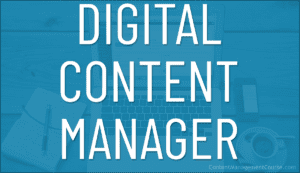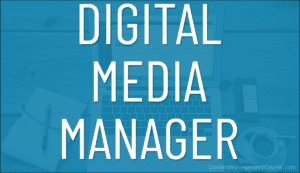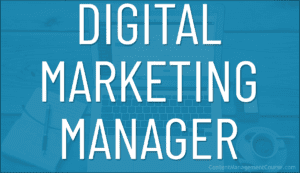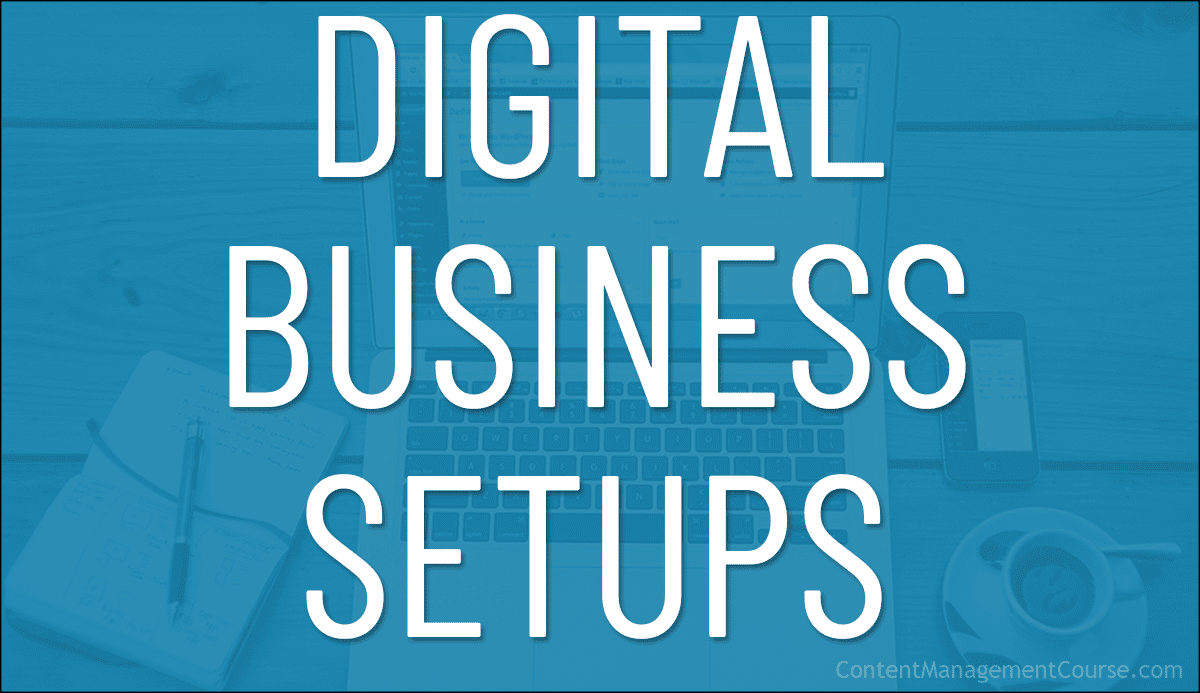Digital Business Structure
This lesson looks at what an effective digital business structure looks like and why this makes managing content challenging.
 To better understand the role of the content manager, it’s helpful to look at what happens when businesses build a digital presence.
To better understand the role of the content manager, it’s helpful to look at what happens when businesses build a digital presence.
In this lesson, we look at why many businesses have the wrong picture of what an effective digital presence looks like and the challenges of managing content effectively in an organization.
***
Before You Begin
Before completing this lesson, please watch the video below. It explains why many businesses struggle to get results and why they need effective digital management.
Go here to learn more about The Small Business Digital Manager.
The Wrong Picture Of A Digital Presence
As explained in the role of the content manager lesson, an online presence comprises both technical and content areas, and both areas need effective management.

As we also explain in The Small Business Digital Manager, businesses typically see their digital presence as part of their sales and marketing.
With this picture in mind, many businesses, especially small businesses, hire a web developer to look after their web presence and digital marketers to drive traffic, generate leads, etc., hoping this will leave them and their staff free to focus on “running the business”.

This, however, is the wrong picture.
We’re now well and truly into the Digital Information Age and digital processes impact every aspect of your organization.
It’s hard to find any area of your business where digital processes are not involved.

In fact, if we were to flowchart all the areas of an organization that involve digital processes, this is what the structure of an effective digital presence would look like…

Who is looking after all of these areas?
It certainly won’t be the website developer hired to look after the website or the digital marketer running your PPC ads.
If you understand the three levels of decision-making explained in the content management mindset lesson, you’ll immediately see why.
As you can see, any organization wanting an effective digital presence would need to invest in building a sizeable digital department.

Few organizations can sustain or afford such a complex and sizeable department.
Just because a business can’t afford to build a structure of this scale and complexity, however, doesn’t mean it can ignore or avoid the needs of the structure, especially if the business expects to run an effective digital presence that can deliver expected results.
Digital Processes Need Management
Think about this…
All content needs management.
Effective management needs systems.
All systems, however, also need management.
So, if content impacts all areas of your business, and all content and content-related systems and processes need management, then …
Who is looking after all these content-related areas and managing all these systems?
All digital processes need management. Some digital processes require technical management (e.g. managing servers and the website) but many digital processes involve content and these also need content management.
This means that regardless of whether you are a “one-person” business, a small business, or a medium to large enterprise, there are many content-related roles and responsibilities to fill.
As discussed in our lesson on digital business setups, anyone tasked with the role and responsibility of managing content in an organization will most likely be required to wear many different hats and assume the responsibility for managing many different roles.
This, of course, makes things very challenging.
Many large companies have tried employing a Chief Digital Officer (CDO) to oversee a digital transformation of their existing business, only to find their CDOs leaving the organization a short while later feeling quite dispirited.
One of the main reasons for this is that it’s difficult to change an existing structure that is already in motion. It’s like trying to transform an old steam locomotive into an electric bullet train while the train is filled with passengers and speeding down the tracks at full speed.
Companies seem to be fine when hiring someone like a Chief Technology Officer (CTO) to look after their technology and their technical areas, but finding someone to manage all of their content processes presents an entirely different set of challenges because content is so “merged” into all areas of most businesses.
Content-Related Roles
If your organization can’t afford to hire someone to fill a specific content-related role, then a Content Manager (or a Chief Content Officer, Digital Content Officer, Head of Content person, or whatever title you want to give someone tasked with managing all of the organization’s content) has to step in and do their best to try and handle it all.
Below are some of the roles a content manager may need to manage or assume responsibility for.
Even if your business hires people to fill these roles, the content manager should also be familiar with the duties and responsibilities of the roles and how they serve your content team and your organization.
Click on the links below to learn about different roles:

Digital Content Team

Digital Content Strategist

Content Production Manager

Interactive Media Manager

Internet Marketing Director

Content Marketing Specialist
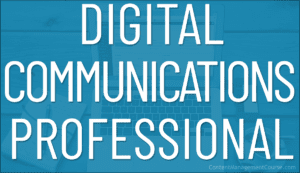
Digital Communications Professional

Search Engine Marketing Director

Internet Marketing Coordinator

Content Outsourcing Resources

Content-Related Jobs and Careers
***
In addition to assuming various roles and responsibilities, a content manager has to develop a wide range of skills and be proficient at using various content management tools.
Before doing this, however, it’s important to understand the mindset of the content manager. We cover this in detail in the next lesson.
Summary
Many businesses struggle to get better results online because they have the wrong picture of what an effective digital presence looks like.
An effective digital presence requires building and maintaining a sizeable digital department. Most businesses cannot afford this, but someone ultimately has to be responsible for managing all the content and content-related processes in the business.
This can be very challenging as there are many roles and responsibilities involved in managing a digital content department, so anyone tasked with managing content typically needs to wear many hats and assume many additional responsibilities to perform competently in their role.
Useful Resources
We recommend the following resources:
- The E-Myth: Why Most Small Businesses Don’t Work And What To Do About It – Michael E. Gerber’s classic book provides valuable information on how to work smarter, not harder, and implement systems that allow you to spend less time working in your business and more time working on your business (i.e. growing it and making it more profitable and successful).
- The Small Business Digital Manager – This guide covers the challenges many small businesses face running an effective digital presence and provides practical ways to address these.
- Content Troubleshooting Guide – Use this guide to troubleshoot content-related issues.
Visit our tools and resources section for additional courses, guides, and helpful tools and resources for content managers.
References
***
This concludes our lesson on the structure of a digital business.
Action Steps
Complete all lessons in this module before proceeding to the next training module.
Next Lesson
Go here for the next lesson in the Digital Business training module: Content Manager Mindset
Digital Business – Module Lessons
Click on a link below to view all the lessons in this module:

The Role Of The Content Manager
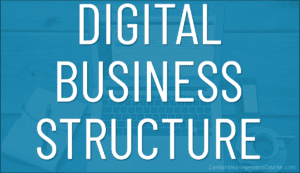
Digital Business Structure
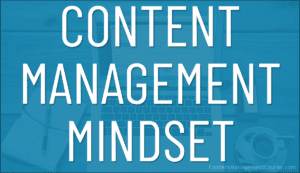
Content Management Mindset
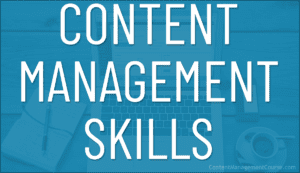
Content Management Skills

Digital Business Setups

Digital Business Basics

Digital Content Team

Content-Related Jobs and Careers

Content Management Tools
***
Image: Pixabay
